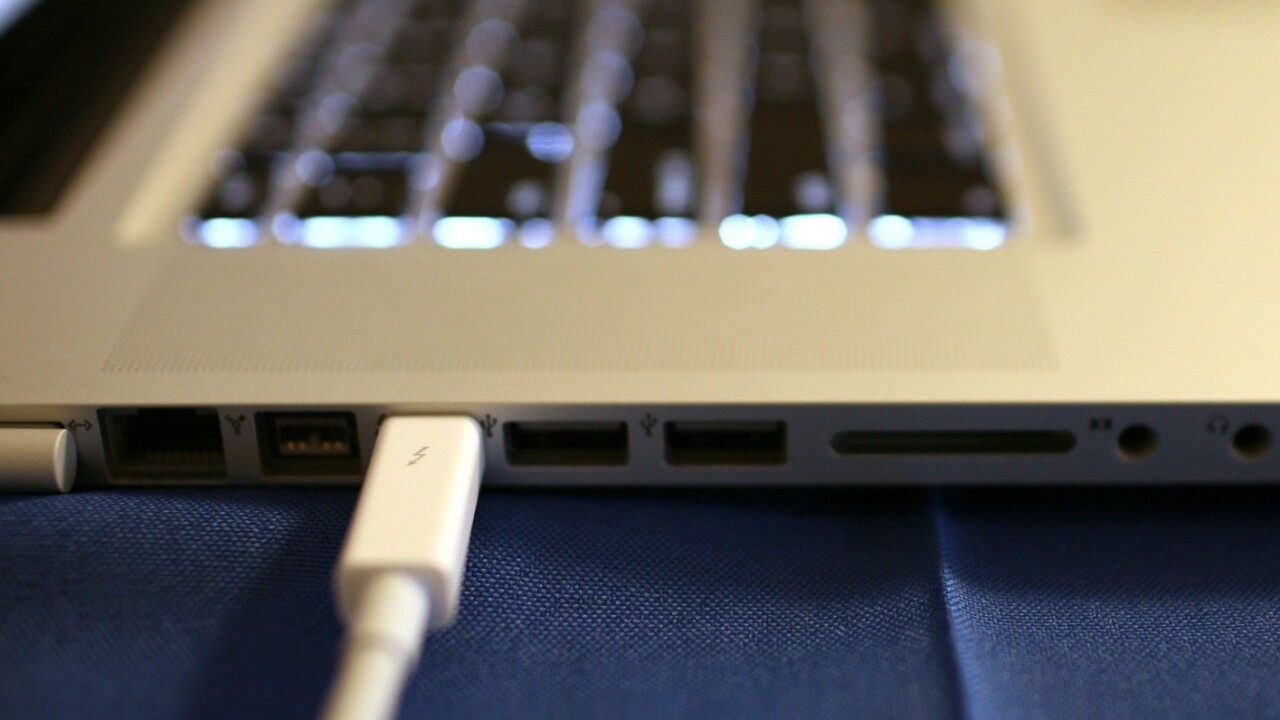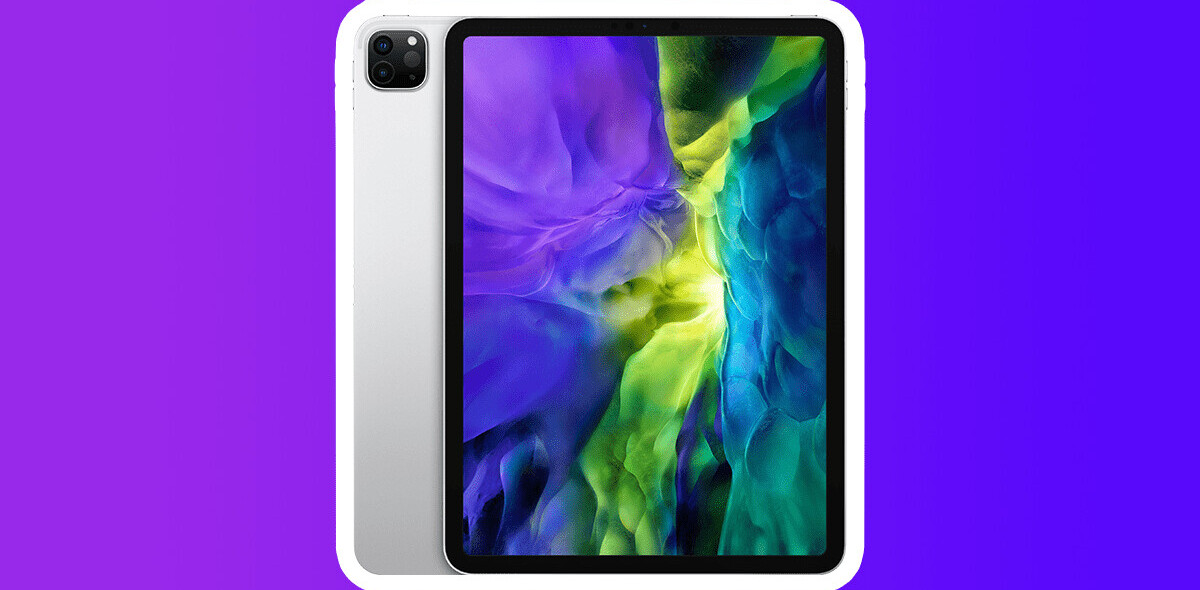
The Mac Pro is about to get ‘different’, if a post by videographer Drew Baird on the Reduser forums is any indication. Baird posted that he had spoken to Mac Pro product manager Douglas Brooks a couple of months ago and that Baird didn’t supply him with specifics but did give him ‘confidence to wait’ for a new machine.
Baird’s post:
I told him expandability for extra graphics cards support, and memory expansion were at the top of my list amongst other things. His reply was simple:
“You are going to be really glad that you waited [to buy a new tower]. We are doing something really different here and I think you’re going to be very excited when you see what we’ve been up to. I can’t wait to show this off”.
Note that it’s Baird’s words and not Brooks’ that indicate the new Mac Pro might still take on the form of a tower. Also, as a PM for the Mac Pro, it’s almost certain that Brooks was authorized to make that statement. As for me, I’m not convinced it will, though I do think that there’s a strong possibility that Apple might shock us with a completely different design for the upcoming Mac Pro.
There have been a couple of interesting things written on this so far, one of them is this good speculative piece by Marco Arment, which is worth a read. But I’ve been thinking about the future of the Mac Pro for a while now and I think it’s pretty clear that we’re about to see a radical rethinking of Apple’s powerhouse computers.
Just after WWDC in 2011, I wrote a bit about the future of the Mac:
As far as external drives and GPU choices, I think that Thunderbolt is Apple’s effort to create ‘build your own Mac Pro’ iMacs that can extend their capabilities through external devices. A powerful, Thunderbolt enabled, external GPU would take care of the need for creatives that need to push more pixels and external Thunderbolt drives have shown some potential to be fast enough to make internal drives an option instead of a necessity for video editing.
Customers who would normally have looked at purchasing a Mac Pro could instead buy a powerful ‘core’ iMac system and augment it with fast peripherals.
I think that the screen of the iMac is the real differentiator with regards to what we might see with a new Mac Pro. If you remove the screen from an iMac and create a compact system in between that and a Mac Mini (in size), augmented with a host of Thunderbolt 1 or 2 peripheral devices like drives, graphics cards and more. And couple that with wireless technologies like WiFi direct and Bluetooth LE, you could end up crafting a truly customizable pro system with more flexibility than ever.
This would, of course, break the traditional PCI-e expansion mold, something supported by the entire industry and deeply established. But Thunderbolt (Light Peak) is also an industry standard, albeit one that has not exactly exploded in popularity yet. It’s not hard to imagine a core system with external stacks of PCI-e boxes adding graphics cards and audio specialty inputs and whatever else a videographer or musician might need.
There’s also the question of what happens if Apple moves to a smaller box. Do they do away with the Xeon architecture which enables them to use more cores and a ton of RAM?
My thought on this is (and this is just a conjecture) is that it would be a great time for Apple to ship a custom-built processor of their own in a Mac for the first time in a while. The Mac Pro is a lower volume machine, which could help them roll it out more gently than in, say, the iMac. And custom building their CPUs is something that Apple has had a massive interest in lately, with a string of acquisitions and veteran Bob Mansfield leading up a division dedicated to silicon.
But the biggest question about this kind of system is whether professional users like those who make software for the Mac and iOS, edit videos and whatever other activity people are using Mac Pros for these days will be able to do with them. If a new system like this doesn’t cover at least some of those uses then it’s dead on the vine.
So the question is whether Apple feels that it has a solution which either covers 30-50% of those cases (coding, video editing, etc) now and can expand in the future. Or, it has a solution that it thinks covers 80% of those cases now and is fine with that. It’s shown a willingness to do both in the past, and if it keeps the current design around with processor upgrades (like Haswell) it may be able to pull it off. Think iMovie or Final Cut Pro X, where Apple proved more than ready to slice off a product that it considered too beholden to the past and dedicate the resources it had working on that project to the ‘future’.
I think that this year’s Mac Pro could very well be Apple’s next iPod mini. Yes, it still sells just fine to pro customers and a revamping of the product in its tower form would no doubt satisfy many users. But if Apple believes that the far future of the platform would be better served by moving away from the internally expandable model and towards the peripheral model then it will have no problem slicing it off.
As Arment put it when I spoke to him about the Pro: “How does moving away from Xeons or PCIe-slot compatibility help Apple or pro customers, or what do they gain in return that’s so good that it’s worthwhile?”
Right now, that’s the question. I have no answer. If, if Apple makes the move you’d have to hope they do.
Right about now you’re probably asking what exactly this has to do with the iPad.
The answer is the now famous Steve Jobs quote from D8:
When we were an agrarian nation, all cars were trucks. But as people moved more towards urban centers, people started to get into cars. I think PCs are going to be like trucks. Less people will need them. And this is going to make some people uneasy.
The iPad is certainly very much like a car at this point, though most organizations are beginning to classify tablets as PCs after all. But an extensible system that allowed you to hook up a beefier GPU, more storage and a big Retina display to an iPad sounds like a great way to turn them into, say, an SUV.
The question I’m asking, roughly, is what if the iPad could exist as a class of computer between the iMac and the MacBook? Right now it’s solidly below the Macbook in the lineup when it comes to computing power, but if that power and utility could be extended, a person could conceivably own just an iPad and a monitor, perhaps with a GPU inside.
The possibilities are interesting and, if Apple decides to do something very interesting on Monday at WWDC, this journey starts with the Mac Pro. I’ll be all ears.
Image Credit: AFP/Getty Images
Get the TNW newsletter
Get the most important tech news in your inbox each week.




